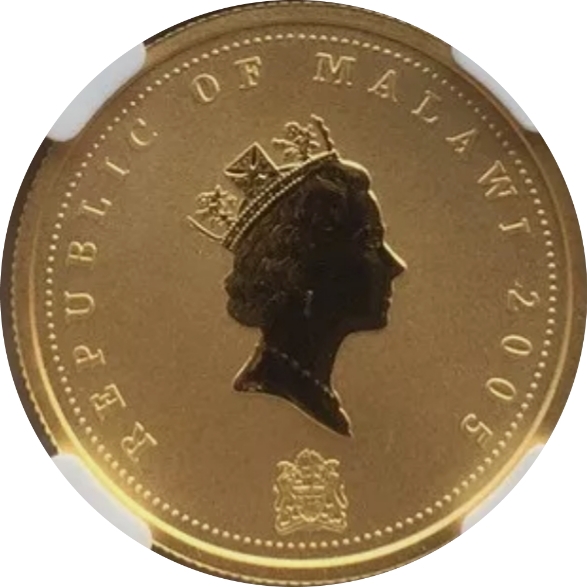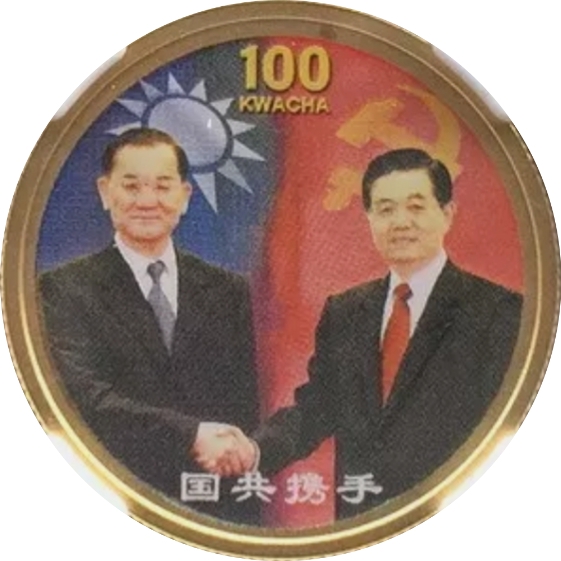You are about to finish your registration. Please check your mailbox (including spam folder). There should be a letter with a confirmation link. Check setting to make sure that your e-mail address is correct.
Send letter againDescription
The 2005 Pan-Blue visits to mainland China marked significant exchanges between the Kuomintang (KMT) and the Chinese Communist Party, the highest since the 1945 meeting between Chiang Kai-shek and Mao Zedong. At the time, the Kuomintang was Taiwan's main opposition party, part of the Pan-Blue Coalition, which favored closer ties with China and opposed the ruling Democratic Progressive Party (DPP), known for its pro-independence stance. On March 28, 2005, KMT vice chairman Chiang Pin-kung led the first official delegation to China in 60 years. On April 26, KMT chairman Lien Chan followed with a peace tour, meeting Chinese leader Hu Jintao to discuss cross-strait relations and affirming the "One China principle." Lien's tour included visits to Xi'an, Nanjing, and Shanghai, highlighting historic and economic ties.
Obverse

|
Depicts a third crowned portrait of HM Queen Elizabeth II facing right, wearing the George IV State Diadem, country name with date above, and Malawi emblem below. REPUBLIC OF MALAWI 2005 |
|---|---|
Reverse

|
Depicts multicolored Taiwan's opposition leader Lien Chan and Chinese President Hu Jintao handshake, flags of China and Taiwan below them, denomination above and inscription of the event below meaning "Kuomintang and Communist Party handshake" the main two parties in China and Taiwan 100 KWACHA |
| Edge |
100 Kwacha
Republic
2005 Pan-Blue Visits to Mainland China
Historic Handshake
Subscribe series
KM#
2005 Pan-Blue Visits to Mainland China
Historic Handshake



